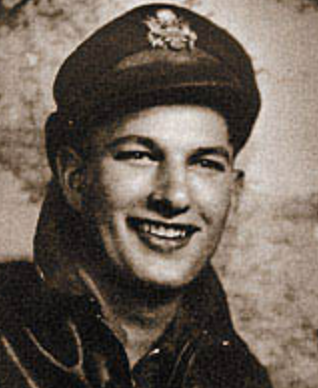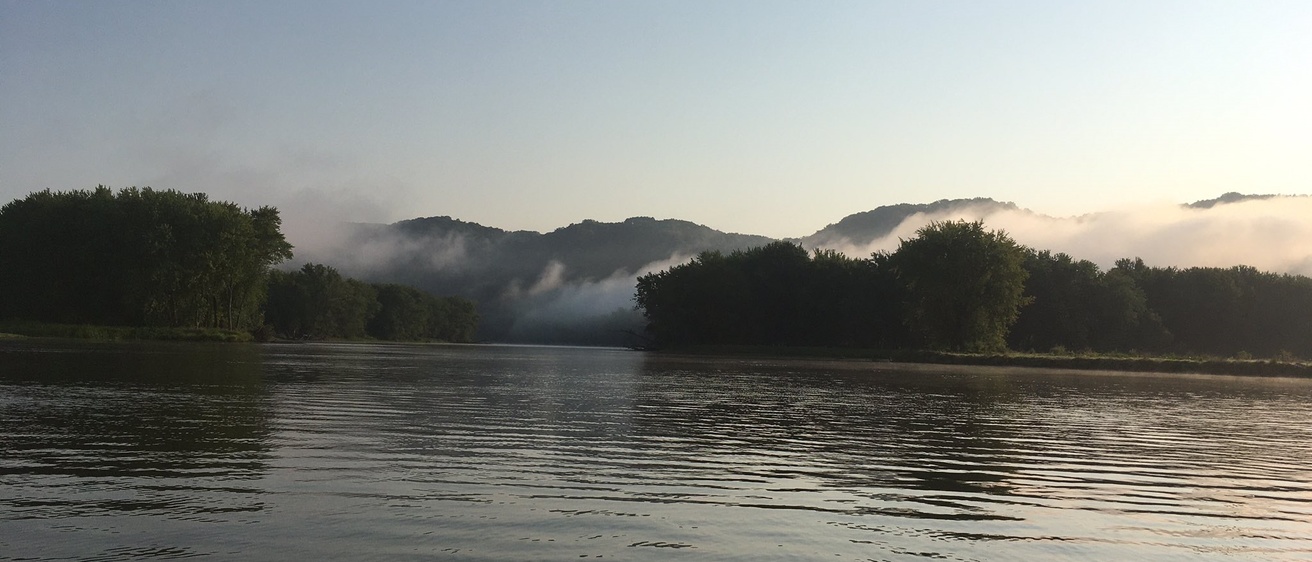If you keep it dirty
And I keep it clean
Then you don’t know
What keepin’ it dirty means
Bill Hinkley and Judy Larson, recording of the song Keep it Clean, Willie Watson, 1930.
This morning (1/9/22) the Des Moines Register ran an editorial titled ‘Spend every spare dime on Iowa’s water’. The column made the case that as much as possible of Iowa’s current $1.2 billion budget surplus be applied to improving the state’s water quality. This of course is, or should be, music to the ears of Big Meat (Tyson, JBS, Cargill, and others), Big Seed (Bayer-ex Monsanto, DowDuPont-Pioneer), Big Fertilizer (Mosaic, Nutrien, Koch) and Big Chemical (Bayer, BASF, Corteva), who’ve never been asked to spare a single dime or even a nickel for Iowa water quality while they’ve made billions as our streams were wrecked.
Those lower on the Ag food chain, i.e. agribusiness that retails Big products, and those that buy and use Big products, should be similarly happy with that Register headline because it endorses the idea that our bad water is because of a lack of money, and not their actions or motives, which of course are as pure as the driven dough.
I’ve said many times that I can agree with public money being used to help farmers improve their environmental outcomes. But how do we continue this farce without asking agriculture to be accountable? How is this good government? This is an industry that en masse refuses to limit livestock expansion, refuses to limit tile drainage, refuses to adequately account for nutrient inputs, and refuses to buffer streams, among many other refusals. No most certainly means no when it comes to agriculture. The taxpayer is asked over and over and over again to mitigate the consequences of their actions as if we were the ones making the decisions that are polluting the water. It’s like we collectively lay awake at night thinking, if only we had given the farmers more money, maybe our water would be better.
The absurdity of it all reminds me of Joseph Heller’s masterpiece, Catch-22 (1961). The main character, John Yossarian, is a U.S. bombardier in WWII Europe who comes to see the enemy not only as German soldiers, but also anybody that is making decisions that might get him killed. This includes many dim-witted officers but especially the careerist and General wannabe Colonel Cathcart, who keeps increasing the number of bombing missions necessary to return home.

Heller basically tells some form of the same absurd joke page after page after page to make his points. For example: “He was polite to his elders, who disliked him.” Far be it from me to know what makes a great novel, but Heller’s method seems to succeed in creating an environment where nothing makes sense, and that’s the way everybody likes it, except Yossarian.
Heller writes not only about the absurdity of war and military life, but the human condition in general, and sees people everywhere willing to turn a buck on tragedy. Farming does not escape his gaze as he describes the farmer father of Major Major, the latter being one of the book’s main characters: “He was a long-limbed farmer, a God-fearing, freedom-loving, law-abiding rugged individualist who held that federal aid to anyone but farmers was creeping socialism….(he) was an outspoken champion of economy in government, provided it did not interfere with the sacred duty of government to pay farmers as much as they could get….he was a proud and independent man who was opposed to unemployment insurance and never hesitated to whine, whimper, wheedle, and extort for as much as he could get from whomever he could.” The farmer himself says that “the Lord gave us good farmers two strong hands so that we could take as much as we could grab with both of them.”
If we are going drop serious money on Iowa water quality, I’ve got two words for you: Northeast Iowa. This is where our best streams are, but also where streams are degrading most rapidly. Agricultural production is least intense here—only about half the land in Iowa’s Driftless Area is cropped. The streams still have some biological integrity and are mostly un-straightened. There are several good-to-excellent trout streams in the Driftless. Our best warm water streams are also in the Driftless or just off it—the Upper Wapsi, for example. This may seem unfair to Iowans that are Driftless-distant; it’s a six-hour drive from Hamburg to Decorah. But if we want to have rivers that look like actual rivers, we need to pull out all the stops to protect Northeast Iowa.
Tributaries of the Missouri River are wrecked and are not coming back. A famous hydrologist once told me that it will take another ice age to restore these streams. (A possible exception here is the upper reach of the Little Sioux.) These rivers have all been straightened to square up fields for farming and the cost to re-meander streams at the large scale is a non-starter. Not to mention that landowners would never agree to allow this to happen. This is not to say that these streams have zero value; we know that people will use even the worst streams. But my opinion is that money spent in these watersheds will produce relatively small benefits for Iowans.
In between the Hopeless Area and the Driftless Area are the North Raccoon, Boone, Upper Cedar and Shellrock, all of which are high nitrate streams but yet still have potential. They could be saved but in the case of the North Raccoon, money is no object. In other words, the farmers don’t even want it. They are happy with the status quo.
Yossarian’s Catch-22 went like this: Only crazy people agree to fly more missions, but only sane people ask to be grounded, and if you’re sane, strap on the parachute, sucker. Here in Iowa we might say Catch-2022 goes like this: only crazy people say we should regulate agriculture for better water quality, but only sane people say it will work.
Wrap your head around that one.
